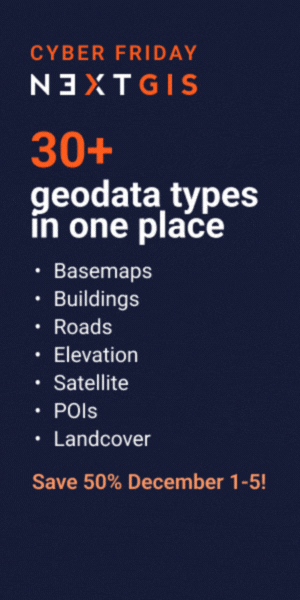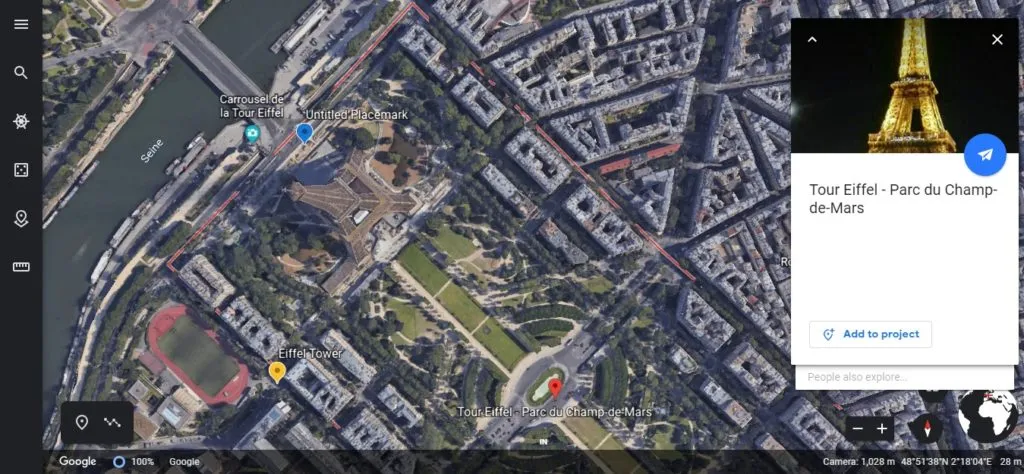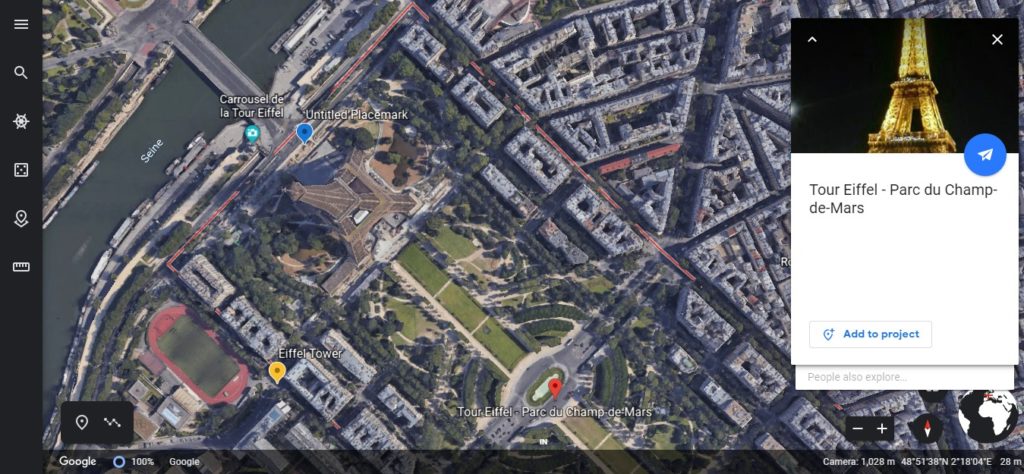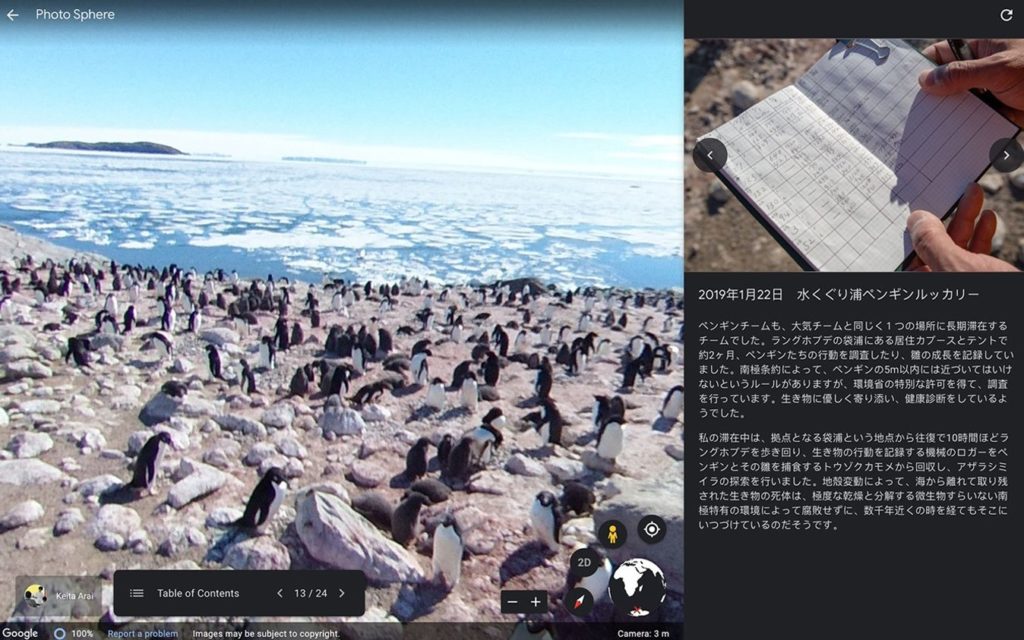
Contest alert: Europe continues tradition of naming Galileo satellites after children
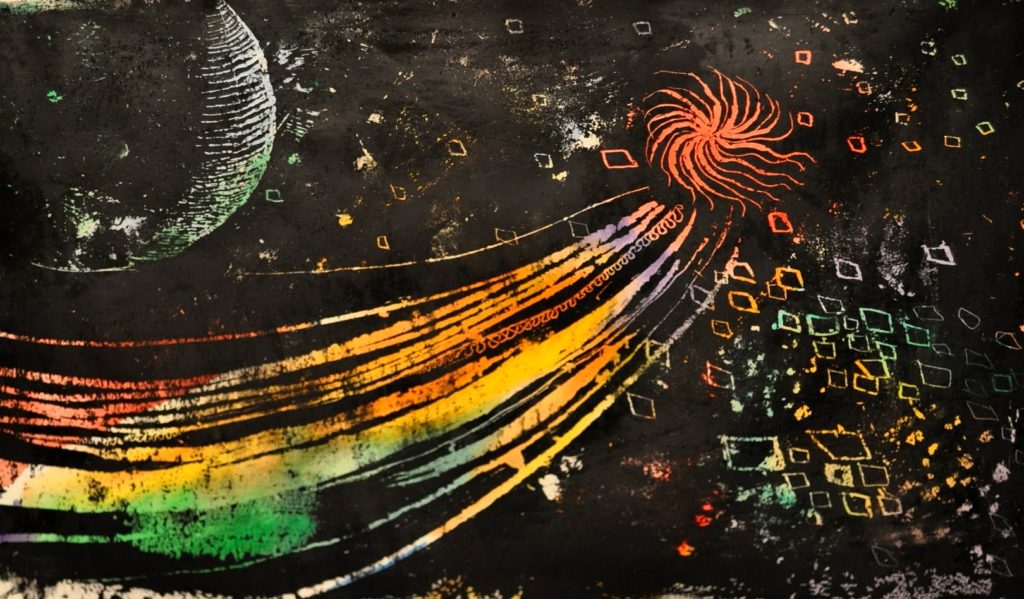
This was one of the winning entries, submitted by Anna Shemyak of Finland
Did you know all Galileo navigation satellites are named after schoolchildren who won an EU-wide drawing competition back in 2011?
2011 was the year when the first Galileo satellite was launched by the European GNSS Agency (GSA). At the moment, the Galileo constellation consists of 26 satellites. And each satellite has been named after the child who won a drawing contest organized by the European Commission in different European Union member countries.
But now, the European Commission needs to name three more satellites, and they are looking for entries from Croatia, Norway, and Switzerland. The second edition of the Galileo Drawing Contest runs from Nov 14, 2019, to Jan 31, 2020, and is open to all children who live in Croatia, Norway, or Switzerland and were born between 2008 and 2013.
To enter the contest, a child needs to submit one drawing which best showcases their vision of space. The drawing could contain stars, rockets, planets, satellites, or even aliens! The idea is to allow the child to express both their creativity and personality. There is no limitation or restriction on the techniques and tools a child can use to make this drawing. The European Commission is welcoming both old-school pencils, felts, and glitters, as well as 3D drawings made using a web or mobile application.
A national jury will select the winning design from the submitted applications, and the lucky winner from each country will get to attend the award ceremony in Bern with one of their parents.
And if you are looking for inspiration, here are some more examples of the stunning artworks created by the previous winners of this competition:
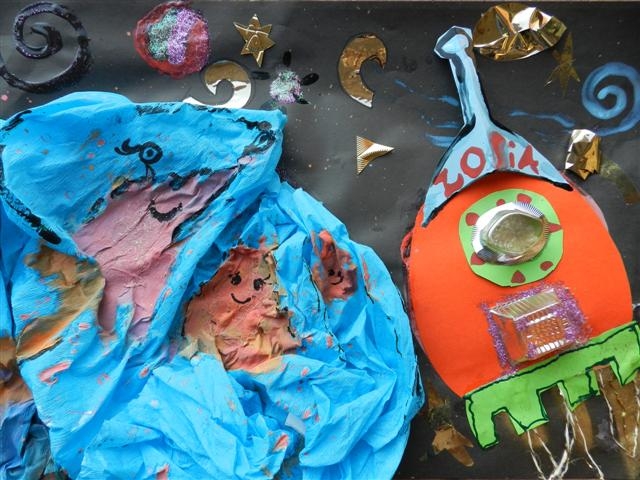
Zofia Ćwir from Poland
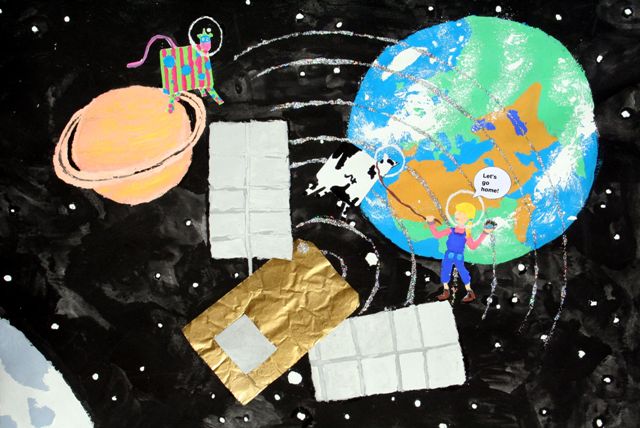
Alizée Schreoder from Luxembourg
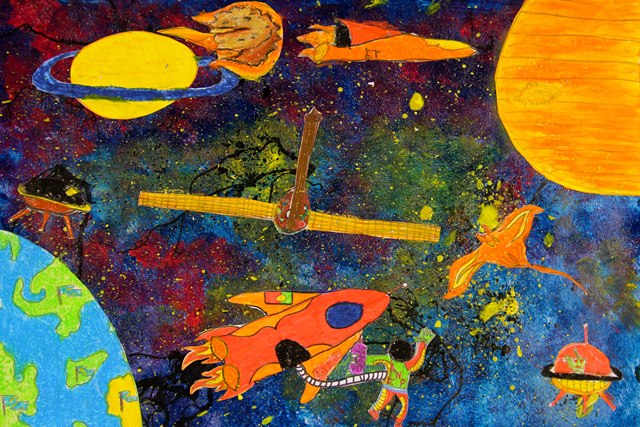
Alexandre Lourenço from Portugal
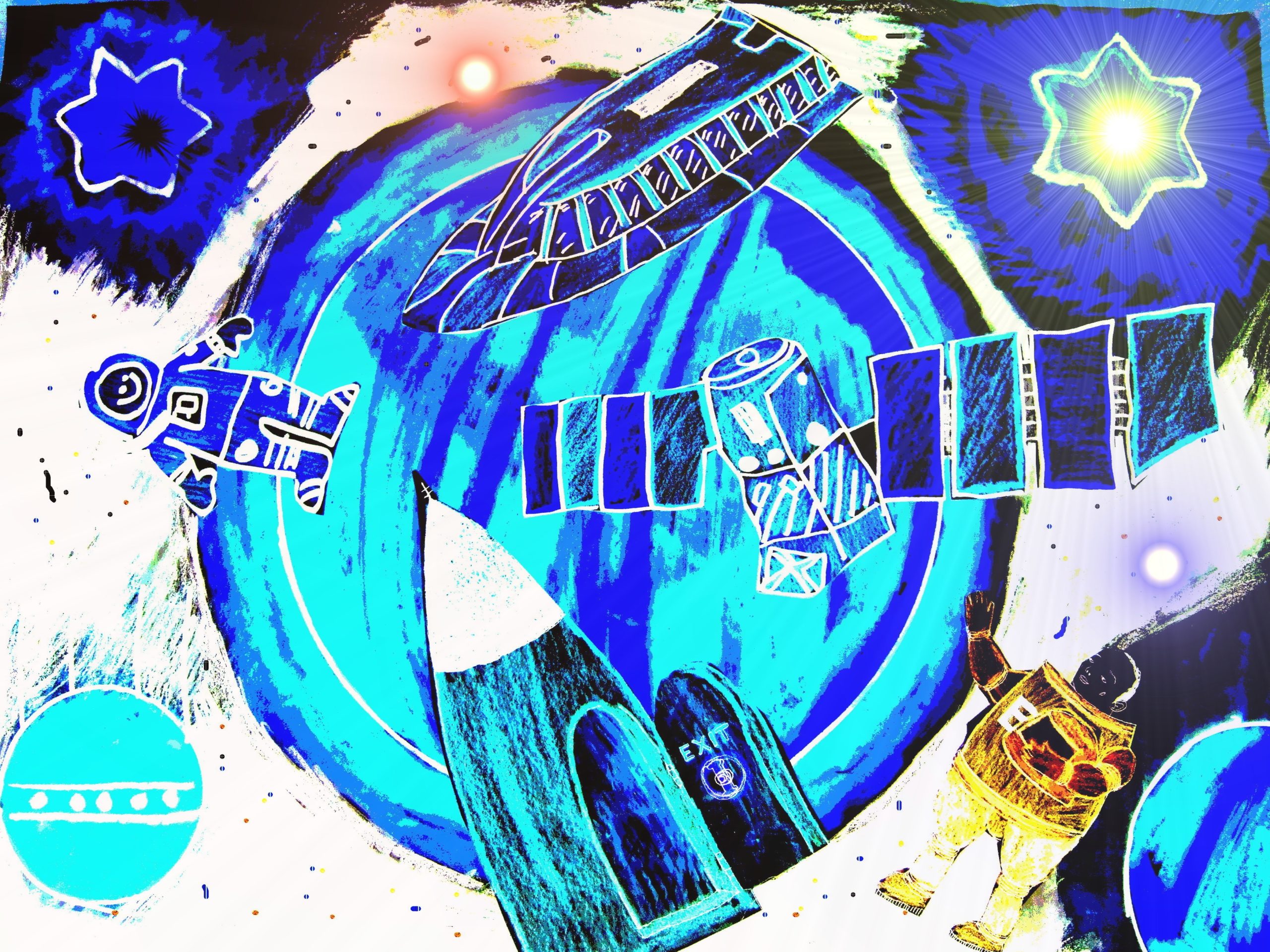
Doresa Demaj from Germany
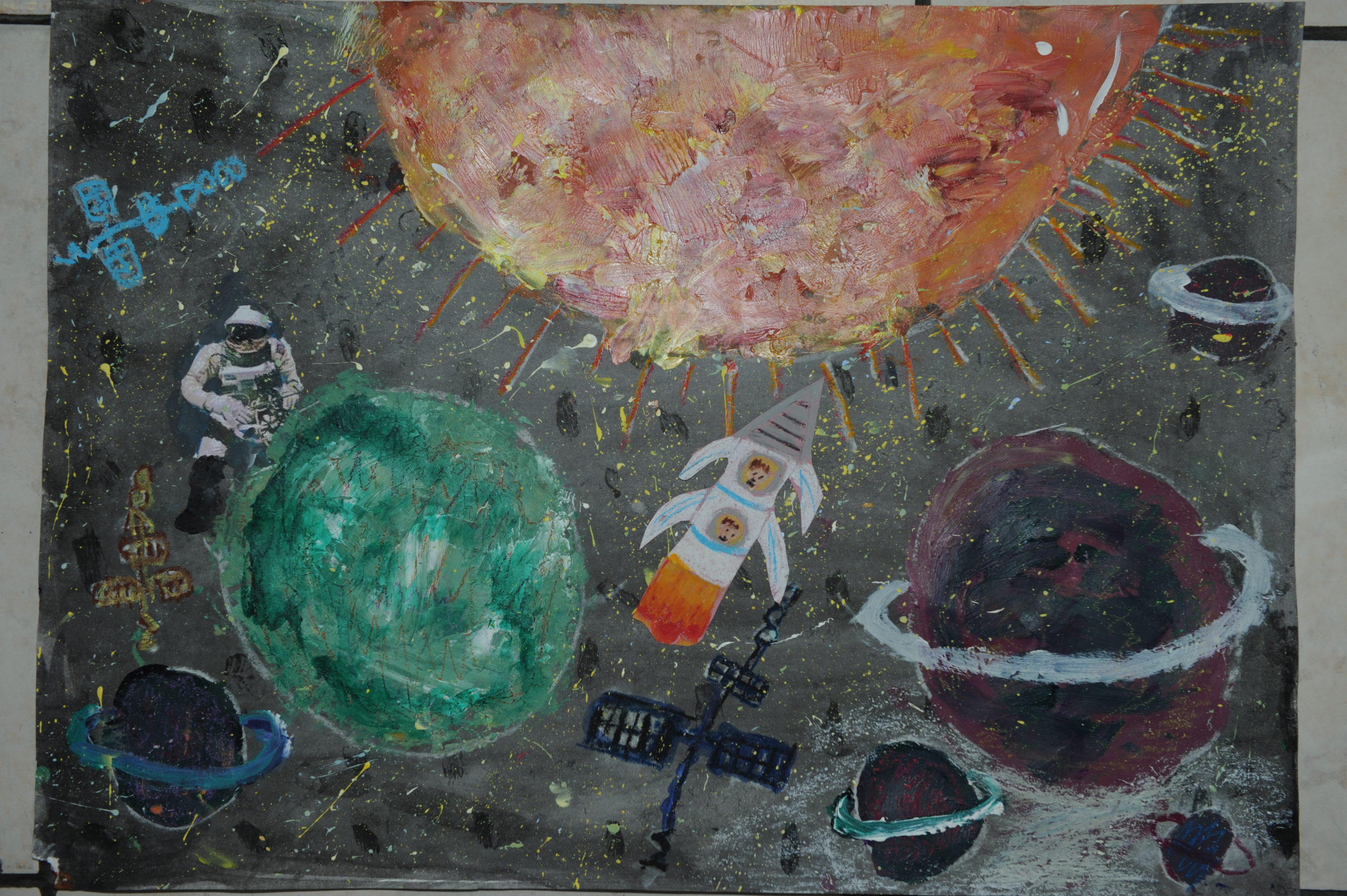
Adriana Giallourou from Cyprus
